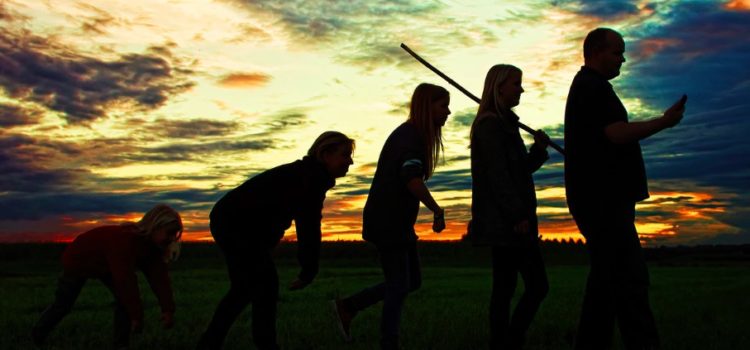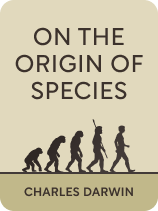

This article is an excerpt from the Shortform book guide to "On the Origin of Species" by Charles Darwin. Shortform has the world's best summaries and analyses of books you should be reading.
Like this article? Sign up for a free trial here.
Are all species related to each other way back? Do we have a common ancestor?
In On the Origin of Species, Charles Darwin argues that modern species are related through shared ancestry. He provides two pieces of evidence for this theory: the similarity of traits between related organisms and the breeding characteristics of hybrids.
Let’s take a look at the evidence for Charles Darwin’s “tree of life.”
Charles Darwin’s Tree of Life
Darwin’s theory of evolution maintains that all of our current species descended from older, less developed species. If organisms are shaped by the slow accumulation of adaptive traits passed on through reproduction, it follows that each organism has a history of evolving through different forms. Furthermore, the offspring of a particular species could evolve in different directions, into separate reproductive populations. This would indicate that modern species are in fact distant relatives of each other, descended from common ancestors.
(Shortform note: Darwin theorized that all life on Earth is descended from a single common ancestor—but some researchers have suggested the possibility that life on Earth could have had multiple origins. If simple life arose once, could it have happened two or three times on the same planet? However, research supports Darwin’s hypothesis of universal ancestry: All life on earth shares certain basic building blocks, including universal proteins and amino acids. Statistical analysis of the possible courses of evolution supports the view that these similarities likely originated in a universal common ancestor.)
Charles Darwin’s “tree of life” metaphor is based on his theory’s assertion that organisms are related to each other through a family tree of descent. This happens because one highly successful ancestor species is capable of seeding multiple descendant species.
The individuals in every species carry inherited traits from their ancestors (heritable variations). That means a single population may have multiple traits that are useful for particular purposes. These traits can accumulate in distinct groups within the species. Over enough time, the groups become distinct from each other, turning into two different species.
For example, a species of wolf has a variation that allows for one of two types of foot pads. One type of pad allows the wolves to move more silently, perfect for stalking small prey. The other type of pad helps the wolves run faster, making it easier to chase down large prey. Over time, these variations accumulated in two different groups that split off from each other, leading to two new species of wolves.
(Shortform note: Researchers have found that speciation—the process of one species seeding multiple new species—is largely influenced by population size and geography. One study of Anolis lizards on the Caribbean Islands found a consistent relationship between the size of an island and the number of different lizard species. Larger islands had more species because they could support larger populations and allowed lizards to spread across a greater area. As the lizards spread out, they had more opportunities to become isolated and form new independent species. Therefore, the number of distinct lizard species is proportionate to the area of the island.)
Darwin argues that all species today have ancient ancestors in common. He draws on two major types of evidence: similarity of traits and hybridization.
Evidence Type 1) Similarity of Traits Between Related Organisms

———End of Preview———
Like what you just read? Read the rest of the world's best book summary and analysis of Charles Darwin's "On the Origin of Species" at Shortform.
Here's what you'll find in our full On the Origin of Species summary:
- Charles Darwin's theory of evolution that changed how we look at life on Earth
- The objections raised against Darwin's theory and Darwin's rebuttals
- Updates on Darwin's theories from contemporary biology






